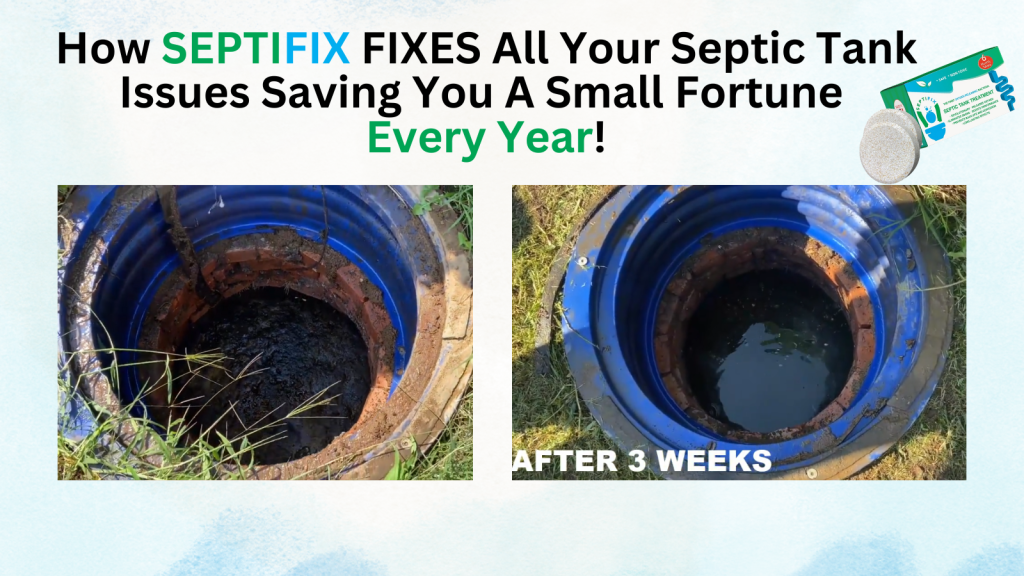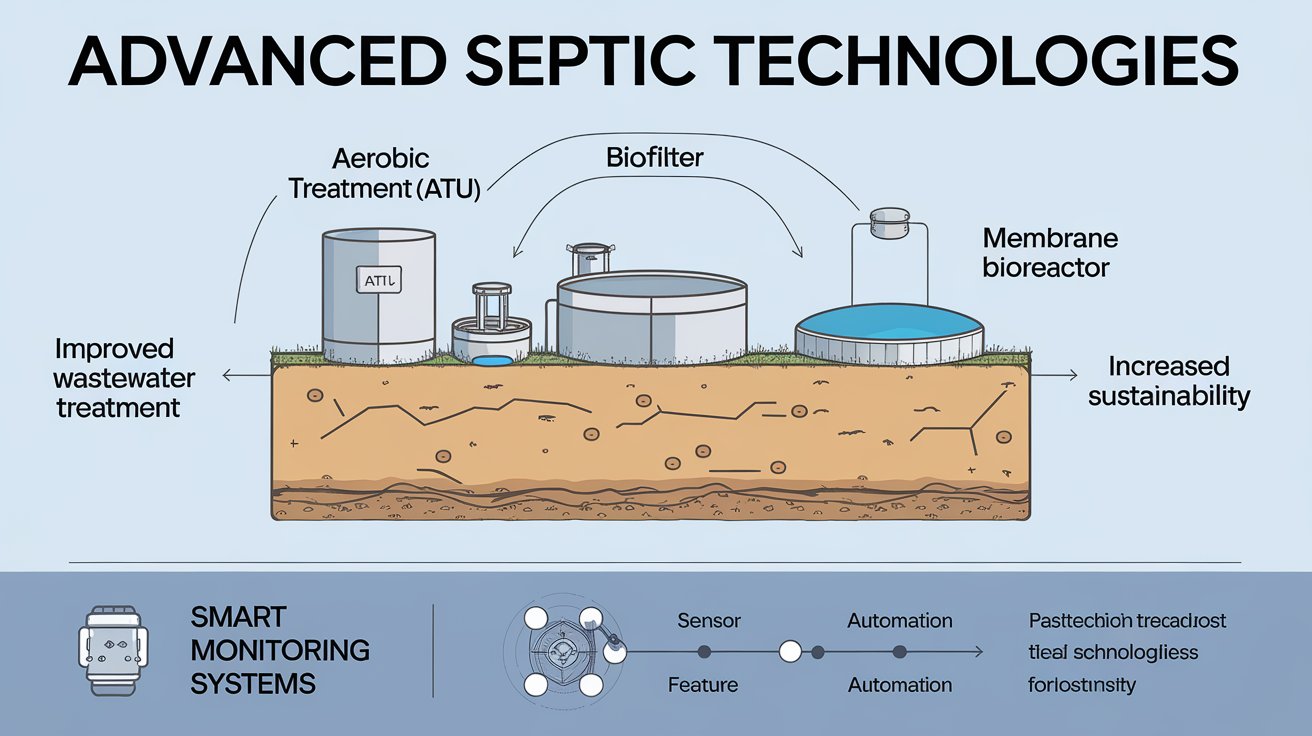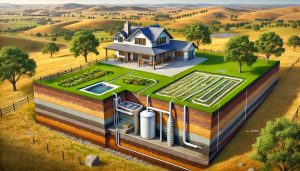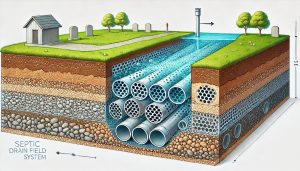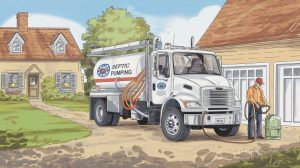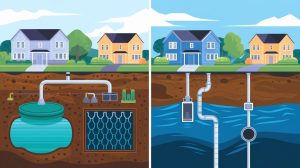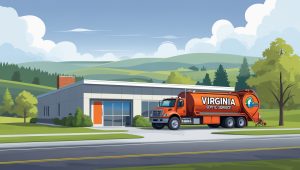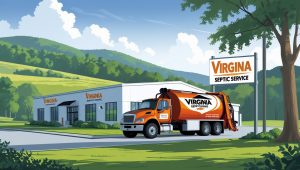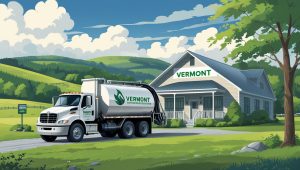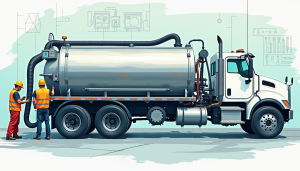Table of Contents
- What Are Advanced Septic Technologies?
- Key Benefits of Advanced Systems
- Types of Advanced Septic Technologies
- Installation and Maintenance Considerations
- When Should You Consider an Advanced Septic System?
- Contact Info and Resources
- Conclusion: The Future of Septic Systems Is Here
As residential and commercial wastewater demands grow, advanced septic technologies are stepping up to offer smarter, cleaner, and more efficient solutions. Traditional septic systems have served rural and suburban communities well for decades, but they aren’t always up to the challenges of modern waste loads, smaller lot sizes, and environmentally sensitive locations. That’s where innovation comes in—delivering next-level performance and sustainability in on-site wastewater treatment.
In this article, we’ll break down how new septic technologies work, what benefits they offer, and how they can be a game-changer for homeowners, installers, and the environment alike.
What Are Advanced Septic Technologies?
Advanced septic systems go beyond basic tank-and-drainfield setups. They often incorporate mechanical, biological, or chemical enhancements that significantly improve wastewater treatment before it’s released into the environment.
These systems are also referred to as:
- Aerobic treatment units (ATUs)
- Media filter systems
- Recirculating sand filters
- Drip distribution systems
While the design varies, they all aim to reduce pollutants like nitrogen, phosphorus, and pathogens—things traditional systems may not handle effectively.
Key Benefits of Advanced Systems
Enhanced Treatment Efficiency
Traditional septic tanks rely mostly on gravity and passive bacterial digestion. In contrast, advanced systems often use aerobic processes, pumps, or filtration media that actively clean wastewater to a higher standard. This is especially important in areas with poor soil percolation or nearby groundwater sources.
Smaller Footprint
Modern septic technologies can operate effectively in compact or difficult terrain, making them ideal for:
- Small lots
- Rocky or clay-heavy soils
- Coastal areas with high water tables
Environmental Protection
With better nutrient removal, advanced systems help prevent algae blooms, groundwater contamination, and excess nutrient loading in nearby lakes and rivers. They’re often required in environmentally sensitive zones or protected watershed areas.
Monitoring and Maintenance Alerts
Many systems come with digital controls and alerts that notify homeowners or service providers when it’s time for maintenance, improving reliability and helping avoid costly failures.
Types of Advanced Septic Technologies
Aerobic Treatment Units (ATUs)
These systems use oxygen to accelerate the breakdown of waste. They typically include:
- A pre-treatment tank
- An aeration chamber (where air is injected)
- A settling tank for solids separation
- Sometimes, a disinfection unit
Best For: Homes near water bodies or with high-effluent standards.
Media Filter Systems
Media filters use materials like sand, peat, foam, or textile fabric to trap and treat wastewater. As water moves through the media, microbes break down contaminants.
Key Advantages:
- Low energy consumption
- Simple design
- Effective pathogen and nutrient reduction
Drip Distribution Systems
Instead of a traditional drainfield, these systems use a network of narrow tubing to evenly distribute treated wastewater across a wide area. This promotes better soil absorption and oxygen exchange.
Ideal For: Landscaped areas, sloped lots, and sites with limited space.
Recirculating Sand Filters
These systems cycle effluent through a bed of coarse sand multiple times to maximize microbial action. They’re often used in small community systems or large residential properties.
Benefits Include:
- Consistent treatment quality
- Long-lasting performance
- Low odor
Installation and Maintenance Considerations
Installation Requirements
Advanced systems often require:
- Permits and soil testing
- Professional design and installation
- Compliance with local regulations (e.g., Wisconsin septic regulations)
Installation costs are typically higher than conventional systems but can offer long-term savings through better efficiency and fewer environmental penalties.
Maintenance Needs
While these systems offer better performance, they also demand regular inspection and upkeep, including:
- Pump and blower checks
- Filter media replacement (every few years)
- Digital monitoring diagnostics
Tip: Always work with a certified septic professional for advanced system maintenance.
When Should You Consider an Advanced Septic System?
You might need one if:
- You live in a regulated watershed or coastal zone
- Your property has limited space or poor soil
- Local codes require enhanced treatment
- You’re building a high-occupancy home or commercial facility
Warning: Never attempt to install or modify advanced septic systems without professional help—these are engineered setups with specific health and environmental safeguards.
Contact Info and Resources
Need more help understanding your options or finding qualified professionals?
- Local Health Department – Check with your county’s environmental health office for rules and recommendations
- EPA Septic System Info – EPA SepticSmart offers homeowner guides and tips
- National Onsite Wastewater Recycling Association (NOWRA) – www.nowra.org
- Local septic installers – Find certified professionals through state licensing boards
- State regulatory pages – Each state has its own advanced treatment system rules (e.g., Florida OSTDS)
Conclusion: The Future of Septic Systems Is Here
Advanced septic technologies provide real solutions to the limitations of traditional systems—offering better treatment, reduced environmental impact, and more flexibility for tricky building sites. If you’re planning a new build, upgrading an outdated system, or facing stricter environmental regulations, investing in one of these modern systems could be a smart, future-proof decision.
Ready to explore your options? Talk to a certified septic installer or your local health department to see what advanced septic solutions make the most sense for your property.
Septic Regulations in Rural Areas: Essential Guide for Rural Property Owners
The Role of Perforated Pipes in Drain Fields
What Happens During a Pumping Service?
Septic Tanks vs. Sewer Systems | Choosing the Right Option
Directory | Virginia Septic Service Providers | Part 2
Directory | Virginia Septic Service Providers : Best Professionals | Part 1
Septic Treatments for Odor Control: Best Methods for Eliminating Unpleasant Smells
How to Maintain a Healthy Bacteria Balance | Tips to Ensure Your Septic System Has the Right Microbial Environment
Directory | Vermont Septic Service Providers : Best Professionals
Hiring a Professional Septic Tank Installer
